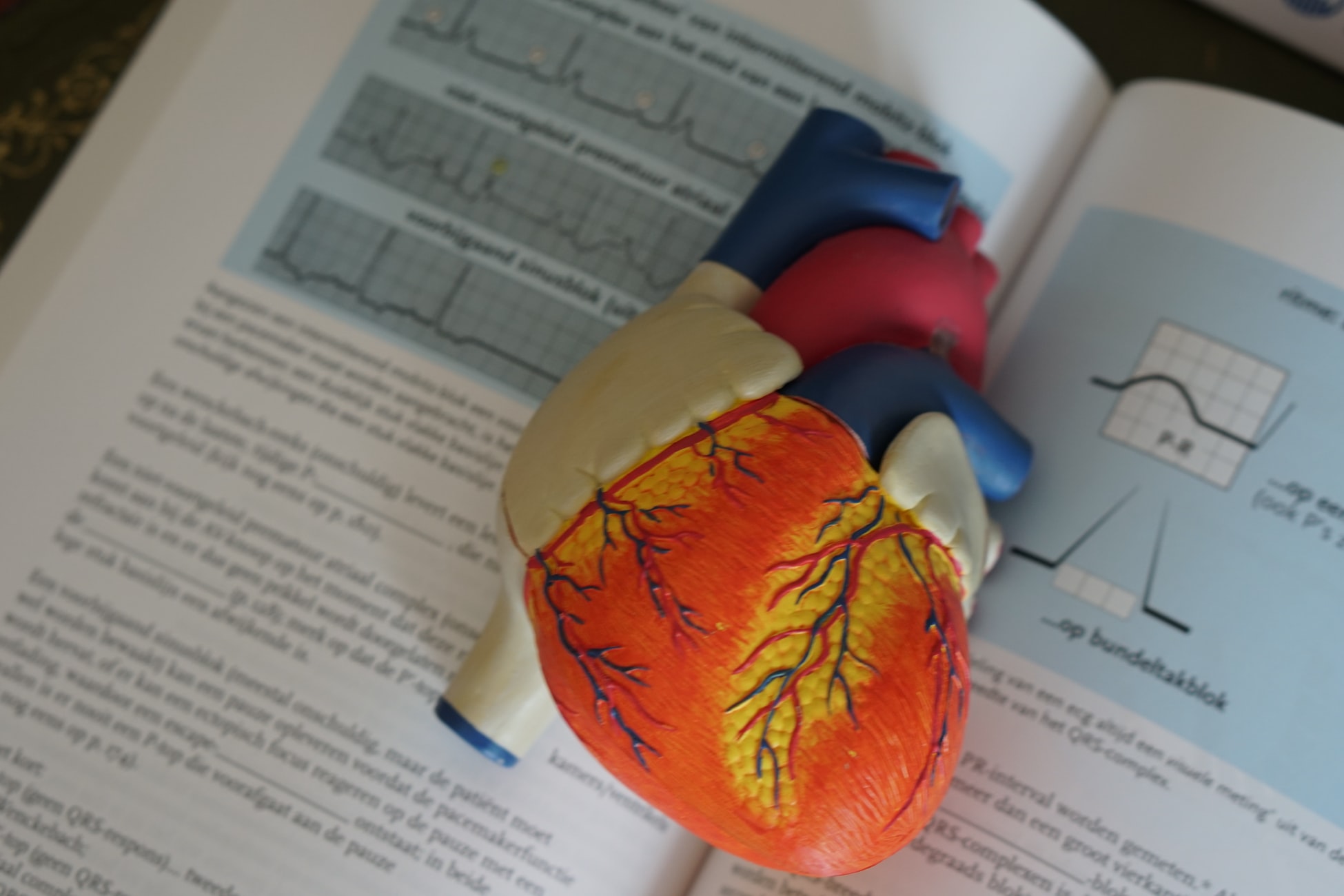Recognition of out of hospital cardiac arrest

Non-traumatic out-of-hospital cardiac arrest (OHCA) is a leading cause of death worldwide. Typical survival rates have not changed substantially in three decades. Early effective cardiopulmonary resuscitation (CPR), early defibrillation where indicated, and rapid attendance by Emergency Medical Services (EMS) are essential to increasing the chances of survival. Fast and accurate recognition of OHCA by EMS call handlers is essential.
Within the Predictors of recognition of out of hospital cardiac arrest by emergency medical services call handlers in England: a mixed methods diagnostic accuracy study the aim was to identify key indicator symptoms and patient factors associated with correct out of hospital cardiac arrest (OHCA) dispatch allocation. In previous studies, from 3% to 62% of OHCAs are not recognised by Emergency Medical Service call handlers, resulting in delayed arrival at scene.
The retrospective, mixed methods study included all suspected or confirmed OHCA patients transferred to one acute hospital from its associated regional Emergency Medical Service in England from 1/7/2013 to 30/6/2014. Emergency Medical Service and hospital data, including voice recordings of EMS calls, were analysed to identify predictors of recognition of OHCA by call handlers. Logistic regression was used to explore the role of the most frequently occurring (key) indicator symptoms and characteristics in predicting a correct dispatch for patients with OHCA.
Results
A total of 39,136 dispatches were made which resulted in transfer to the hospital within the study period, including 184 patients with OHCA. The use of the term ‘Unconscious’ plus one or more of symptoms ‘Not breathing/Ineffective breathing/Noisy breathing’ occurred in 79.8% of all OHCAs, but only 72.8% of OHCAs were correctly dispatched as such. ‘Not breathing’ was associated with recognition of OHCA by call handlers (Odds Ratio (OR) 3.76). The presence of key indicator symptoms ‘Breathing’ (OR 0.29), ‘Reduced or fluctuating level of consciousness’ (OR 0.24), abnormal pulse/heart rate (OR 0.26) and the characteristic ‘Female patient’ (OR 0.40) were associated with lack of recognition of OHCA by call handlers (p-values < 0.05).
Conclusions
There is a small proportion of calls in which cardiac arrest indicators are described but the call is not dispatched as such. Stricter adherence to dispatch protocols may improve call handlers’ OHCA recognition. The existing dispatch protocol would not be improved by the addition of further terms as this would be at the expense of dispatch specificity.
View the full findings:
Watkins, C.L., Jones, S.P., Hurley, M.A. et al. Predictors of recognition of out of hospital cardiac arrest by emergency medical services call handlers in England: a mixed methods diagnostic accuracy study. Scand J Trauma Resusc Emerg Med 29, 7 (2021). https://doi.org/10.1186/s13049-020-00823-9